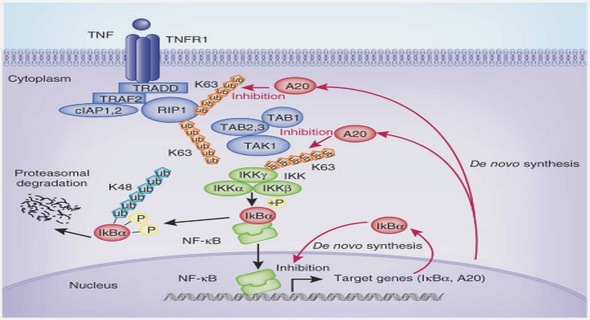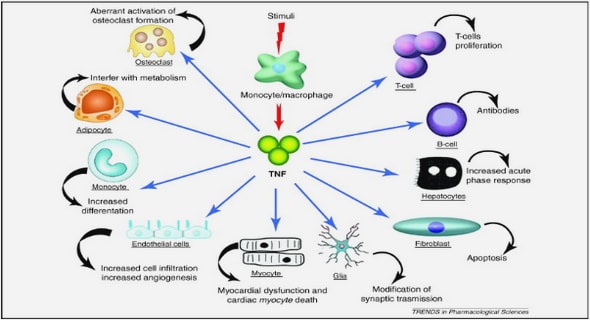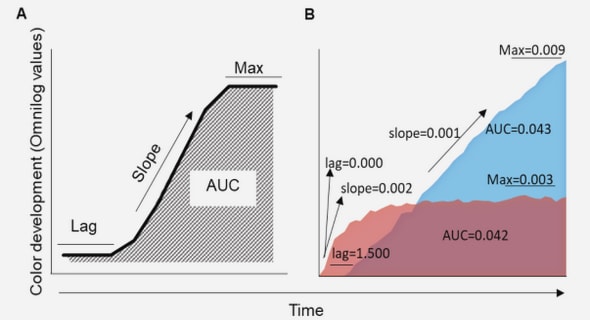Get Complete Project Material File(s) Now! »
Measurements of temperature rise in mouse
Ex-vivo measurements were performed on a mouse enrolled in the project « Study of cerebral plasticity in the adult brain, associated with two animal models of psychiatric/neurologic disorders » validated by the Comite d’Ethique en Experimentation Animale n59 under the reference 2015- 23. Since this protocol ends with euthanasia, we could perform the neurostimulation sequence and temperature measurements immediately after sacrice. The mouse (c57Bl/6JRj, 3 months old, 34g) was anesthetized with ketamine (80mg/kg) and xylazine (20 mg/kg) and sacriced with pentobarbital (800 mg/kg). The injections were intraperitoneal. The measurements were performed right after sacrice and lasted less than an hour. We used a single element transducer (center frequency: 2.25MHz, focal length: 2cm, diameter: 2.2cm, Imasonic, Voray sur L’Ognon, France) at the frequency of 2 MHz, identical to the one used previously in [37]. The transducer was mounted with a 50m thick latex membrane (Durex, Reckitt Benckiser, Slough, United Kingdom), in front of the active piezoelectric material. The cavity between the transducer and the membrane was lled with degassed water. The animal’s head was shaved with a depilatory cream (Klorane, France). The signal was generated with a digital function generator (Handyscope HS5, TiePie engineering, Sneek, The Netherlands) and amplied with a 75-Watts amplier (75A250A, Amplier Research, Souderton, PA). The output voltage was monitored with an oscilloscope (DPO 3034, Tektronix, France). The transducer was previously calibrated on a custom-built heterodyne interferometer (compact heterodyne probe of the Mach-Zehnder type described previously [178]) leading to a direct relation between the voltage and the pressure at focus in water. Temperature was monitored by a Copper-Constantan thermocouple (Type T, 0.010 in diameter, Omega, Stamford, CT) subcutaneously introduced in the mouse head skin above the skull, using a 18G needle. Recording was achieved by an acquisition board (TC-08, Pico Technology, Cambridgeshire, UK) connected to a PC. The transducer was positioned with a mechanical gantry to target the brain, with the thermocouple at the center of the ultrasonic wave axis. We aimed at reproducing the ultrasound sonications of setups #4 [222] (1.9 MHz, 1.6 MPa in the brain, 80 ms single pulse) and #8 [96] (1.9MHz, 1.9MPa in the brain, 50% duty cycle for 1s followed by 1s of cooling, total sonication time 20 s). However, as the transducer could not deliver enough power at 1.9 MHz, we set the frequency to 2 MHz (closer to the center frequency, 2.25MHz). We assumed a transmission coecient of 68% through the mouse skull, so the input voltages were set to 34V and 38V, corre- sponding to 2.3 MPa and 2.6 MPa pressure amplitude in water, for setups #4 (Kamimura et al) and #8 (Ye et al) respectively.
Measurements of temperature rise in mouse
Figure 2.6 displays the temperature measurements during the sonications: one \setup #8″ type sequence followed by four successive \setup #4″ type sequences. This value of thermal rise (4:3C for setup #8 (Kamimura et al) type sonication and 0:3C for setup #4 (Ye et al) type sonication) was found for two dierent positions, while the other positions that we tested would give a lower temperature rise. To compare experimental and numerical results, we report in Table 2.6 the thermal rise calculated in the skin from simulations. The rst column displays the maximum value, which was reached in a single point adjacent to the skull in both cases, and the second column presents the mean value in a 1x1mm range in the lateral direction and 0.5mm range in the axial direction, in the cutaneous area next to the skull centered on the propagation axis, excluding the skull region.
Materials and Methods
Repetitive transcranial focused ultrasound A single element focused ultrasound transducer (H115, Sonic Concept, Bothell, WA, USA; central frequency 250 kHz, diameter 64mm, FD # 1) was used in those experiments. A coupling cone (C103, Sonic Concepts, Bothell, WA, USA) lled with degassed water was placed between the transducer and the animal head. The transducer was xed on a mechanical arm with four rotation axes (Viewmaster LCD, Osmond Ergonomics, Wimborne, UK) to enable exible positioning of the transducer over the head. A thin layer of echographic gel (Aquasonic 100, Parker Laboratories Inc., Fairelf, NJ, USA) was applied to the skin and the membrane of the coupling cone to ensure acoustic coupling. The ultrasound frequency was set to 320 kHz. The pulse duration was 30 ms, the pulse repetition frequency (PRF) was 10Hz and the total sonication time was 20s. The signal was generated by a TiePie generator (Handyscope HS5). A 75-watt amplier (75A250A, Amplier Research, Souderton, PA) was then used to deliver the required power to the transducer and the input voltage of the transducer was monitored using a voltage probe (P6139A, Tektronix, Melrose, MA) connected to a TiePie oscilloscope. The amplier gain was set to deliver an output voltage Vout=173V peak-to-peak, corresponding to a pressure amplitude of 0:76MPa in water (calibrated with the interferometer described in chapter 3 [30]).
Table of contents :
List of Figures
List of Tables
Acronyms
1 General Introduction
1.1 Focused Ultrasound Neuromodulation
1.1.1 Mechanism Hypothesis
1.2 Potential applications: neurodegenerative diseases and neurological disorders
1.2.1 Global health issue
1.2.2 Most frequent diseases and current treatments
1.2.3 Current and potential treatments with ultrasound
1.2.4 Deep Brain Stimulation
1.2.5 Transcranial Magnetic Stimulation
1.2.6 Transcranial Direct Current Stimulation
1.2.7 Competitive Edges of Focused Ultrasound Neuromodulation
1.3 Conclusion and thesis objectives
2 Numerical estimation of temperature elevation during ultrasonic neurostimulation
2.1 Introduction
2.2 Methods
2.2.1 Simulations
2.2.2 Model validation
2.2.3 Measurements of temperature rise in mouse
2.3 Results
2.3.1 Simulations
2.3.2 Measurements of temperature rise in mouse
2.4 Discussion
2.5 Conclusion
3 Towards a multifrequency ultrasonic neurostimulation
3.1 Introduction
3.2 Materials and methods
3.2.1 Transducer
3.2.2 Numerical simulations
3.3 Results
3.4 Discussion
3.5 Conclusion
4 Transcranial ultrasonic stimulation modulates single-neuron discharge in macaques performing an antisaccade task
4.1 Introduction
4.2 Materials and methods
4.3 Results
4.4 Discussion and conclusion
5 Repetitive Transcranial Focused Ultrasound Stimulation
5.1 Introduction
5.2 Materials and Methods
5.3 Results
5.4 Discussion
5.5 Conclusion
6 Spatially specic and non-specic eects of focused ultrasound neuromodulation on BOLD responses in primates
6.1 Introduction
6.2 Materials and Methods
6.3 Results
6.4 Discussion and conclusion
7 GABA-induced neuromodulation in non-human primates
7.1 Introduction
7.2 Materials and methods
7.3 Results
7.4 Discussion
7.5 Conclusion
8 Conclusion and perspectives
Bibliography


